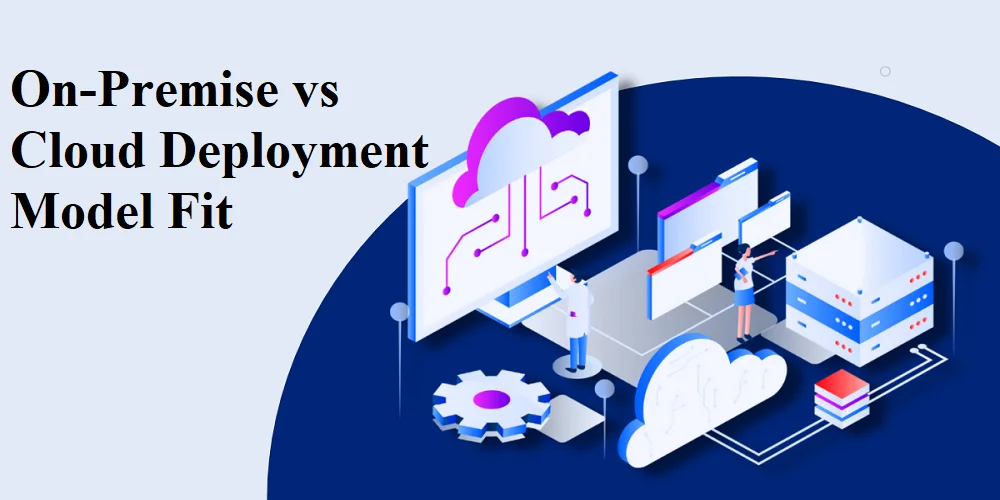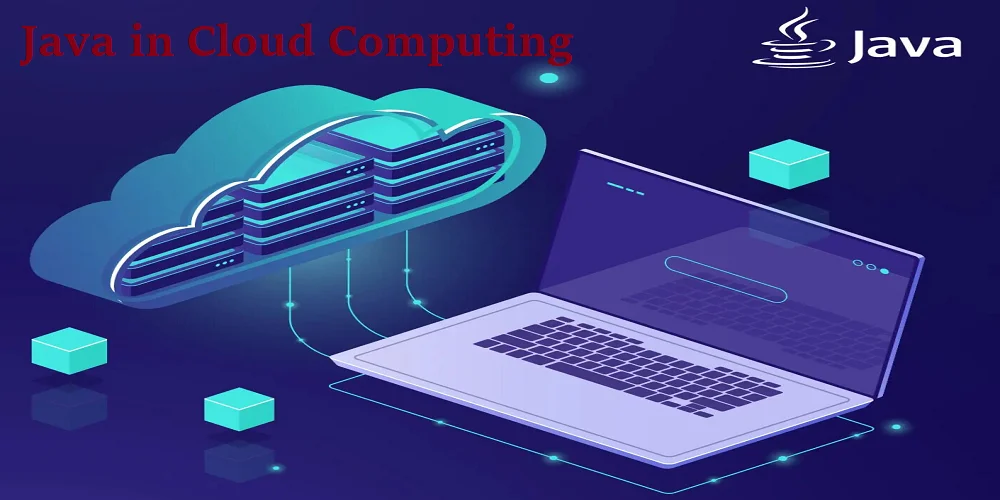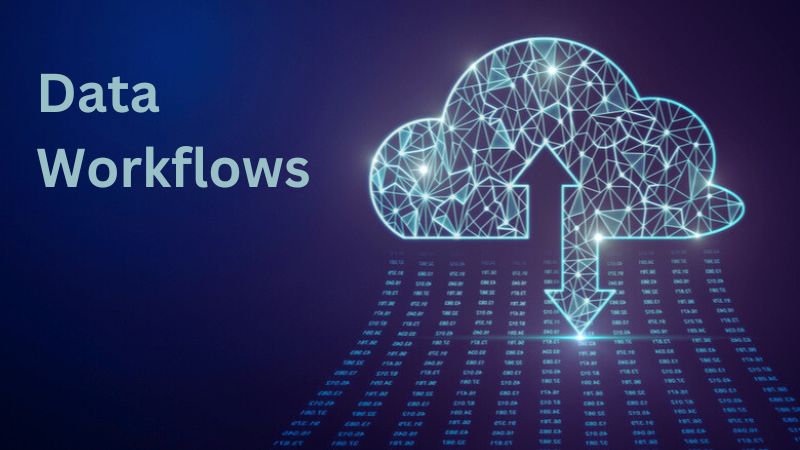Today’s data analytics needs to guide decisions that are growing quickly across industries. Both data volumes incoming to warehouses and user appetite to generate insights from information are increasing. These place big burdens on IT infrastructure, particularly legacy data warehouse designs struggling to keep pace. Newer purpose-built solutions combining GPU (Graphics Processing Unit) hardware with data warehouse architectures break past prior constraints.
GPU is uniquely designed for massively parallel processing now underpin a new generation of lightning-fast data platforms. Traditional solutions invariably reach limitations on the speed to intake new data sources as well as run complex analytical workloads. Uniting optimized Graphics Processing Unit database capabilities and storage provides game-changing speed.
GPUs Purpose-Built for Analytics Acceleration

1) Massively parallel processing architecture
GPUs can rapidly perform math calculations in parallel across thousands of smaller, efficient cores on a single chip versus a CPU’s few large cores optimized for sequential tasks. This massively parallel architecture suits analytics’ simultaneous computations over big datasets. Running complex matrix multiplications inherent in machine learning modeling exploits Graphics Processing Unit strengths.
2) Thousands of cores for tremendous throughput
The sheer processing capacity of recent Graphics Processing Unit with thousands of cores creates immense potential throughput. NVIDIA A100 GPUs deliver nearly 40 times more teraflops (trillions of floating point operations per second) than typical server CPUs. Running analytics operations in a parallel manner splits processing simultaneously across all those cores making previously unwieldy big data workloads tractable.
3) Designed for floating point calculations vs integer-based CPUs
Unlike CPUs built for general-purpose integer math, GPUs are engineered specifically to excel at single-precision / floating-point calculations prevalent in analytics and scientific computing. The specialized circuitry and streamlined architecture again suit modern analytics where precision may be traded off for speed. Financial services utilizing quantitative analysis or physics simulation fields were early Graphics Processing Unit adopters.
The Expanding Analytical Workload
What exactly is stressing data warehouse infrastructure today? More users run more types of ad hoc queries concurrently – from big-picture dashboards to deep data dives. Data volumes incoming into warehouses also continue rising exponentially, particularly unstructured data streams from sensors, weblogs, mobile apps, and more needing near real-time ingest.
These increasing user loads collide with the increased complexity of analytical queries that use predictive models and multivariate methods. Sophisticated algorithms examine immense historical data seeking behavioral trends and signals to power data science. This goes far beyond summarizing rows and columns. Legacy data warehouse designs built years ago simply strain under the weight of today’s workloads.
Uniting GPU Compute and Storage
1. Bringing computations closer to data through GPU memory
Rather than slowly shuttle data back and forth from separate storage systems to GPU computing, uniting the two allows running analysis directly adjacent to where data resides in GPU memory. This locality avoids latency completely. Think about on-node attached high-speed SSDs vs. external HDD arrays. Dedicated Graphics Processing Unit databases now leverage this concept for orders of magnitude query speedup.
2. Reduces trips back and forth to CPU
Similarly, bypassing roundtrips to transfer data to a host server CPU in favor of ingesting and operating upon data directly within the removal GPU architecture minimizes back-and-forth delays. This shortcut again minimizes intermediate movement, orchestration, and queues for a more streamlined workflow focused just on rapid analytics turnover.
3. Optimizes for analytics with features like smart caches
Purpose-built GPU data warehouses tune the environment specifically for analytics acceleration, beyond just throwing at the problem. Additional optimizations like rapid data compression, query compilation improvements, and intelligently staged data caching strategies customized for analytics extracting peak GPU efficiency even on tricky workloads.
4. High Data Load & Transform Speeds
Graphics Processing Unit accelerate not only querying results but also ingesting and preparing data for analysis through ETL tools. This powers real-time data pipelines where warehouse updates directly influence operational decisions. Handling bursts of sensor telemetry or clicking streaming demands GPU might.
5. Lower Total Cost of Ownership
While GPU hardware carries higher upfront costs, the ability to query vastly bigger datasets with reduced infrastructure lowers overall TCO. Consolidating multiple CPU servers onto single GPU platforms saves significantly on licensing, maintenance, tuning, and administration overheads.
6. Energy Efficiency Savings
GPUs crunch more operations per watt than CPUs, saving considerably on data center energy demands. For large deployments, hundreds of thousands in potential power reductions monthly can be achievable thanks to efficiency gains. This appeals to organizations emphasizing sustainability.
7. Latency, throughput, and scalability needs
Understand current analysts’ frustrations with query return times or failures by measuring workload volumes, surge patterns, and bandwidth needs. Profile typical query complexities like joins and matrix computations. Determine acceptable response thresholds at scale for Graphics Processing Unit offerings under consideration as an upgrade path.
8. Data types like time series and sequences
Catalog not just data volumes and table counts but also value formats like relational, XML documents, media files, email messages, etc. Detail both structured as well as unstructured sources. Note specialized formats like IoT time-series and natural language text need particular handling that not all GPU solutions will necessarily accelerate equally well depending on architecture strengths.
On-Premise vs. Cloud Deployment Model Fit

Consider whether your analytics expansion plans favor continuing on-premise infrastructure investments or shifting toward cloud data warehousing solutions. While GPU databases are now available in both models, scaling capacity differs greatly between the two along with administration skillsets needed long term.
The Outlook for Wider Adoption
1) More Industries Can Benefit
Fields like banking, academia, and research have been early adopters of Graphics Processing Unit for acceleration. But as data explodes across sectors, most industries using rapidly growing datasets stand to benefit from faster GPU data warehousing. For example, retail, healthcare, manufacturing, insurance, and media firms today struggle to turn increasing data into timely guidance.
Legacy data warehouses stall trying to intake swelling log volume, sensor streams, application records, images, and unstructured text. Queries take too long or fail as capacity limits hit. Frozen analysis makes competitiveness suffer without current insights. However, purpose-built Graphics Processing Unit database platforms now make such acceleration attainable affordably beyond advanced research labs.
With turnkey cloud services or optimized on-premise appliances, small teams can tap extreme query speedups on demand without deep technical skills. Intelligent features like auto-indexing, caching, and optimization ease historical administrative burdens hampering adoption. Using leading GPU chipsets tailored for data-intensive workloads allows keeping pace with exponential data growth where CPU-only systems buckle. Enterprise-grade capabilities now arrive out-of-the-box removing prior barriers.
2) Faster Processing for More Use Cases
Any process needing quick insights from gigantic rapidly incoming datasets relies on processing speed through capabilities like:
- Predictive analytics uncovering patterns guiding strategic decisions.
- Network analysis spotting hidden connections and influences.
- Recommendation engines linking behavioral data to personalize suggestions.
- Fraud analysis connecting dots across transactions to uncover risks.
GPU warehousing accelerates critical thinking pipelines – taking machine learning, data science model training, and multiphase analytical workflows from impractical to possible. Obstacles caused by gigantic data volumes and running iterative algorithms to dissolve with GPU acceleration optimized for floating-point throughput. Workloads utilizing matrix manipulations, multivariate regressions, neural net training, and statistical modeling see 10-100x speedups from GPUs. This allows richer insights from ever-expanding data at last.
3) Making More Data Usable
Certain extremely large archives and rapid-fire data streams were previously too big and unwieldy for interactive analysis before parallel Graphics Processing Unit broke through constraints:
- Scientific instruments and simulations outputting hard-to-decipher numerical results.
- Satellites continuously photographing high-resolution Earth images.
- Connected vehicles and equipment streaming extensive road, machine, and environmental insights.
- Medical devices and wearables collecting patient vital sign history data.
- Stock trading systems providing audit trails for risk and compliance oversight.
Even with growing data volumes, legacy data warehouse tools still force teams to down-sample, crop, and aggregate datasets before analysis given glacial performance. But GPU-powered offerings keep all data active for exploration in its full fidelity for truer findings. Rapid query response and built-in data compression provide affordable options to retain everything. Unfreezing dark data opens up discovery and monitoring possibilities.



